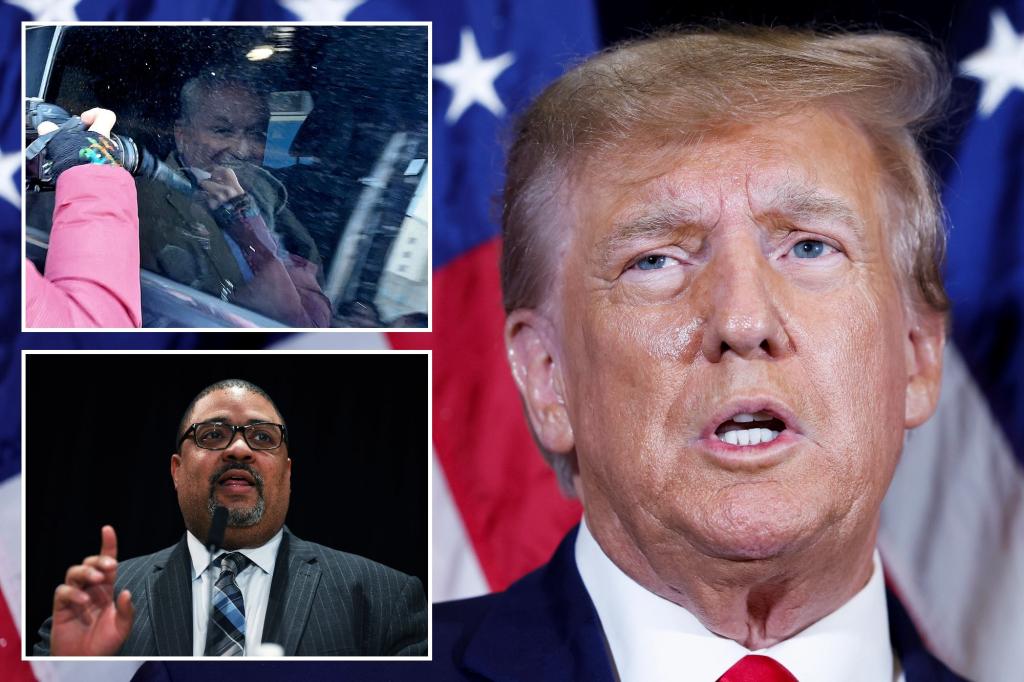VICE
Last month, hundreds of turbaned men gathered outside a police station in India’s Punjab state, demanding the release of a man who they said was falsely arrested on kidnapping charges. They were led on by a tall, charismatic and articulate 30-year-old Sikh political activist, Amritpal Singh.
Authorities blocked internet access, placed restrictions on movement, stopped protests, suspended Twitter accounts and arrested over a hundred people, all in the span of four days.
Singh, in the meantime, is nowhere to be found.
“What’s happening now is a part of a larger process by the state to isolate and target Sikhs,” Parmjeet Singh Gazi, a lawyer in Punjab who runs local news network Sikh Siyasat, told VICE World News. “This atmosphere of fear and uncertainty in the last few days is not surprising to us at all. The [attempt to arrest Singh] is a part of a larger psychological warfare that goes back decades.”
In India, Sikhs make up less than 2 percent, or around 20 million, of the country’s population. India has the largest concentration of Sikhs in the world, but the state of Punjab, which is the only Indian state with a Sikh-majority population at 16 million, has a history of persecution and violence that includes arbitrary detention and enforced disappearances linked to the state. The ongoing crisis, experts say, highlights the fissures between Sikhs and the Indian state.



Connect with us on our socials: